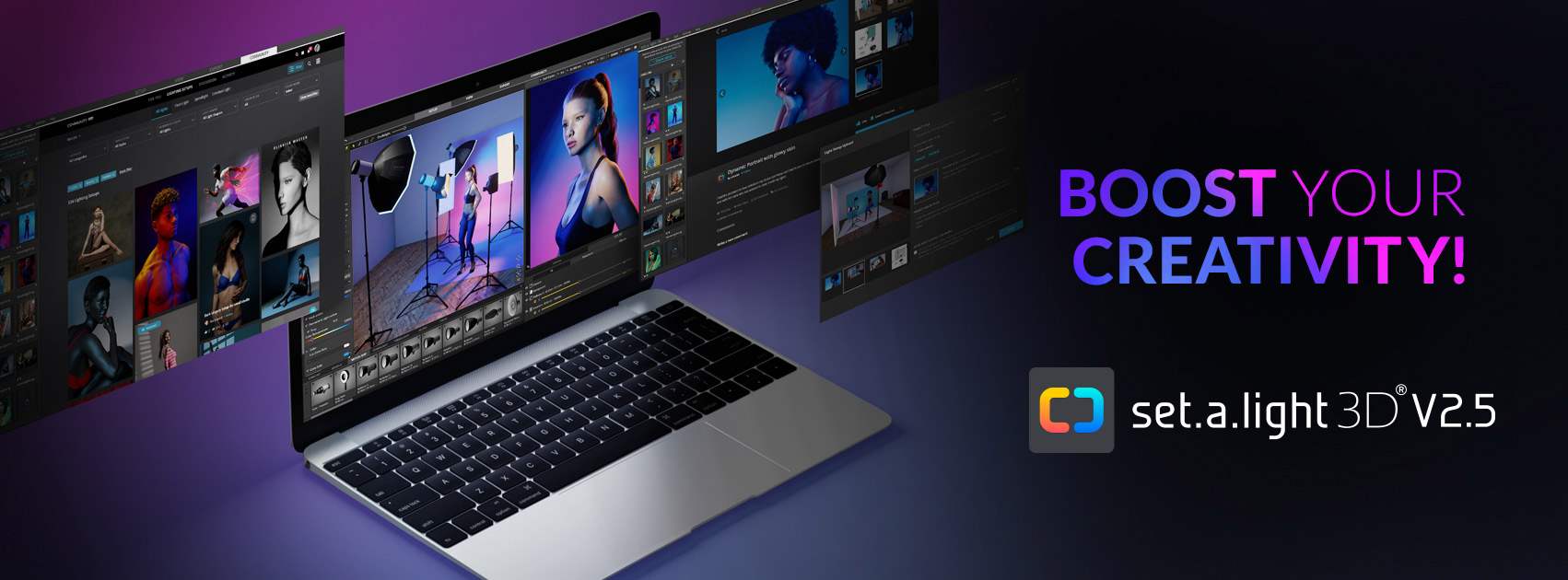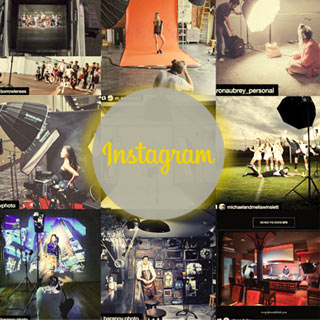Mastering Softness: Why a Large Diffusion Panel Is The Best Light Modifier Ever Made
Lighting can make or break a photoshoot—especially when dealing with intense sunlight or a flash that feels more like a lightning strike than a soft glow. Harsh shadows, overexposed highlights, and contrast-heavy scenes are familiar frustrations for many photographers, particularly when working outdoors or in uncontrolled environments.
Early in the journey of many professionals, a valuable piece of advice often echoes back: "Light is your paintbrush, but diffusion is your canvas." At first, this might sound poetic, but over time, the truth behind those words becomes crystal clear. In the world of studio lighting, one tool stands above the rest in achieving consistently soft, flattering light—the large diffusion panel.
What Is a Diffusion Panel, and Why Does It Matter?
At its core, a diffusion panel is a translucent surface placed between a light source and the subject. It transforms hard, direct light—whether from the sun, a strobe, or a continuous source—into a smooth, soft illumination.
This diffusion eliminates hard shadows and harsh highlights, producing more natural transitions and elevating the overall aesthetic quality of an image.
The concept is simple, yet the results are profound: light no longer strikes the subject—it wraps around them.
Bigger Is Softer: The Case for a 10x10-Foot Panel
In studio settings, size matters. A larger diffusion panel relative to the subject results in a softer, more flattering light. A 10x10-foot panel, such as the Manfrotto Skylite, provides ample surface area to create light that mimics an overcast sky—diffuse, even, and highly controllable.
With a light reduction of approximately 1.25 stops, this kind of panel doesn’t just soften—it sculpts. Even after years of ownership, many professionals rediscover its value through side-by-side comparisons with octaboxes or softboxes, often realizing just how transformative such a tool can be.
Lighting Setups That Unlock the Panel’s Potential
1. The Classic Strobe Setup
Pair a powerful strobe (such as a Profoto with a 2400Ws pack) with a focused modifier like a Magnum Reflector. Position the light several feet behind the panel to ensure even coverage across the entire surface. This combination produces a soft yet punchy light, ideal for portraits that require both delicacy and definition.
2. Adding Color: Gels + Reflectors
Attaching gels to large modifiers can be frustrating. A simpler solution involves using a small reflector (like the Profoto 7-inch) with gels placed directly over the flash head. The colored light then passes through the panel, resulting in a uniform, softly colored output—perfect for adding a mood or accent hue without technical hassle.
3. Maximum Softness: Umbrella + Panel
For ultra-soft lighting, combine a bounce umbrella with the diffusion panel. This setup is especially effective for beauty photography, product work, or any subject that benefits from minimal contrast and smooth gradients. The double diffusion creates a feather-light glow, like wrapping the subject in luminous fabric.
Beyond the Key Light: Fill and Ambient Uses
The panel isn’t just effective as a key light modifier. It excels as a fill source too. Lowering the strobe’s output behind the panel creates a gentle fill that lifts shadows without flattening the image. This flexibility makes it suitable for everything from fashion and editorial work to corporate portraits and still-life sessions.
Additionally, diffusion panels are compatible with both flash and continuous lighting, and can even tame harsh midday sunlight outdoors—though some weather cooperation or helping hands may be required.
Practical Considerations Before Investing
- Space Requirements: A 10x10-foot panel demands a sizable working area. Compact studios may simply not accommodate its scale, especially when factoring in light placement and camera positioning.
- Cost: The panel itself requires a significant investment. However, to ensure stability and safety, heavy-duty support stands—such as Matthews overhead stands—are essential, and will significantly increase the total equipment cost.
- Design Limitations: Certain models, like those from Manfrotto, use round tubing that may not grip as securely in professional grip heads designed for square frames. Over time, plastic fabric clips may degrade, requiring replacements.
Final Thoughts: A Game-Changer in the Right Hands
Despite its size and cost, a large diffusion panel offers lighting quality that is hard to match. For those with the space and budget, it becomes more than just a tool—it becomes a canvas for light painting.
With the right tools—and a diffusion panel in particular—photographers can shape light with greater nuance, control, and artistry than ever before.














0 comments:
Post a Comment